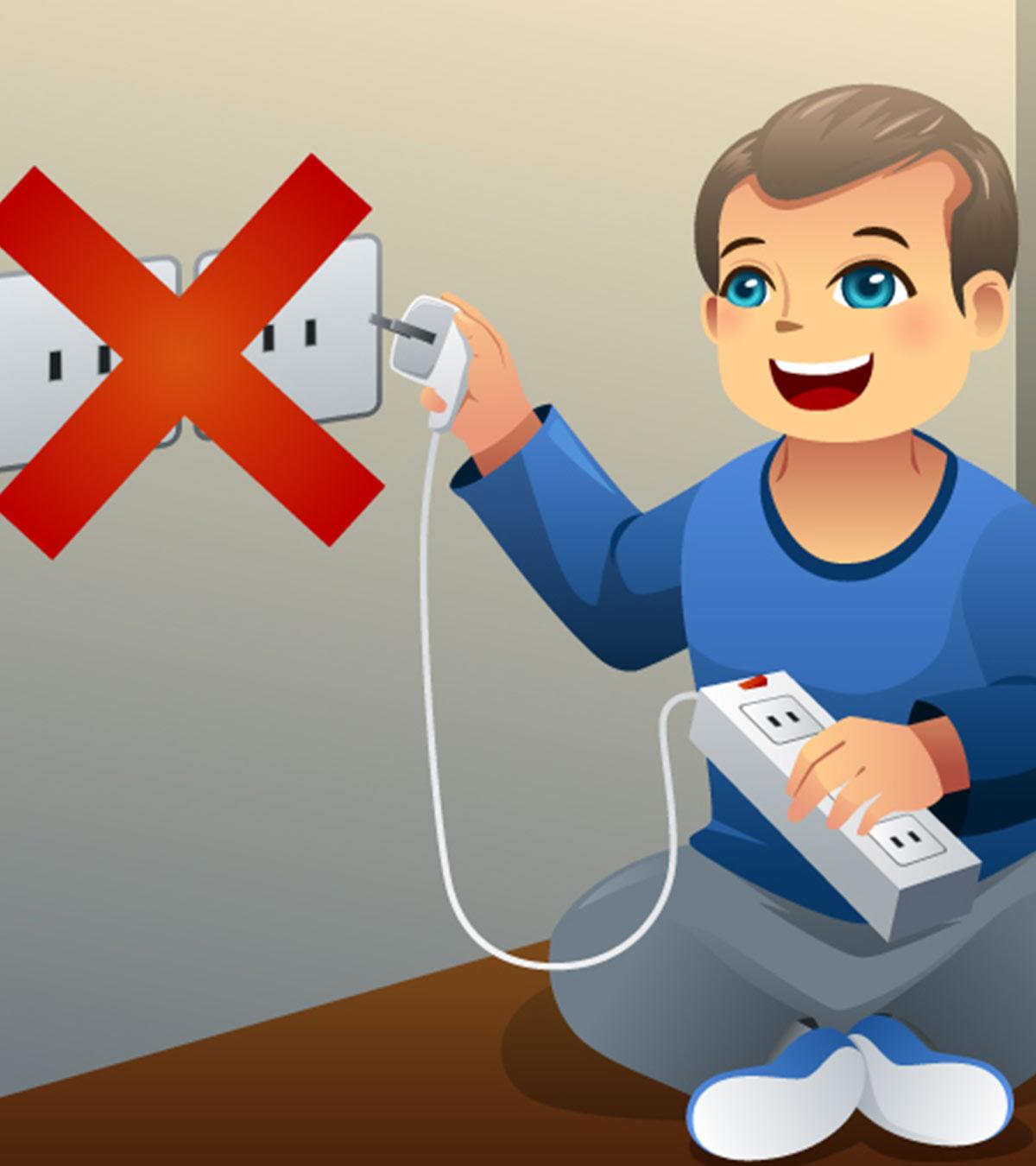It is worth hiring an expert to look over the electrical safety equipment.
A certificate of electrical safety provides the evidence needed to ensure that any problems in your property can be identified and corrected before they cause injury or damage. Installation of electrical equipment is not required to be inspected independently unless it is being removed, altered, or moved in any manner or a certificate to work is refused.
In all other instances, building regulations require only the inspection of equipment by trained personnel. They do not have to be electricians but must be familiar with what they are doing.
An electrical safety inspection will typically involve conducting tests on the installation to make sure that it’s in compliance with building regulations, IEE Wiring Regulations and any instructions given by the manufacturer. Fire hazards could be caused by the use of excessive electrical cables, overload sockets, and equipment that is not working properly.

The certificate will also cover devices that are linked to the installation, like kettles, heaters or immersion heaters. This will ensure that they are suitable for use.
A thorough electrical examination is carried out by a skilled professional who will provide suggestions regarding how issues might be addressed before they cause danger of injury or damage.
If you lease your home then you might be entitled to ask for an electrical safety check under the terms of the tenancy agreement.
Tips for safety in the electrical field during home renovations
Alongside changing smoke detectors, experts at the University of Michigan suggest homeowners be aware of the following steps when renovating:
1. If an electrical outlet is being used in different areas of the house do not pull out the main switch or isolate circuit breaker. This is true for appliances that are plugged into outlets controlled via a wall switch.
2. After shutting off a circuit breaker, watch for the power indicator to go out before starting to work on the wiring.
3. If you must turn off an isolated circuit breaker when someone is using electrical equipment that is connected to it, switch off the electric power at the main switch prior to working with wires controlled by the circuit breakers.
4. Utilize an extension cable to provide electricity. Use the shortest length possible and make sure that it’s not overloading. If you are using the longer cord to power high-wattage appliances, be sure it is UL-approved.
5. Be cautious when working with older wiring devices and switches, especially three-way ones. They’ve been out of use in the homes of many years and may present a shock or electrocution danger if not properly installed.
6. Use only electrical appliances that have been tested to Australian standards such as those manufactured by Wylex, Schneider Electric, or HPM.
7. Keep lighted candles away from combustible materials. Don’t let candles alone.
8. Shoes made of rubber are ideal, since they can be walked on dry terrain. Do not use frayed extension cables. Never cut off the cord of an old device and plug it into a brand new one unless they are both of the same voltage rating.
If you want to learn more, click compliance check for your RCD or smoke alarm